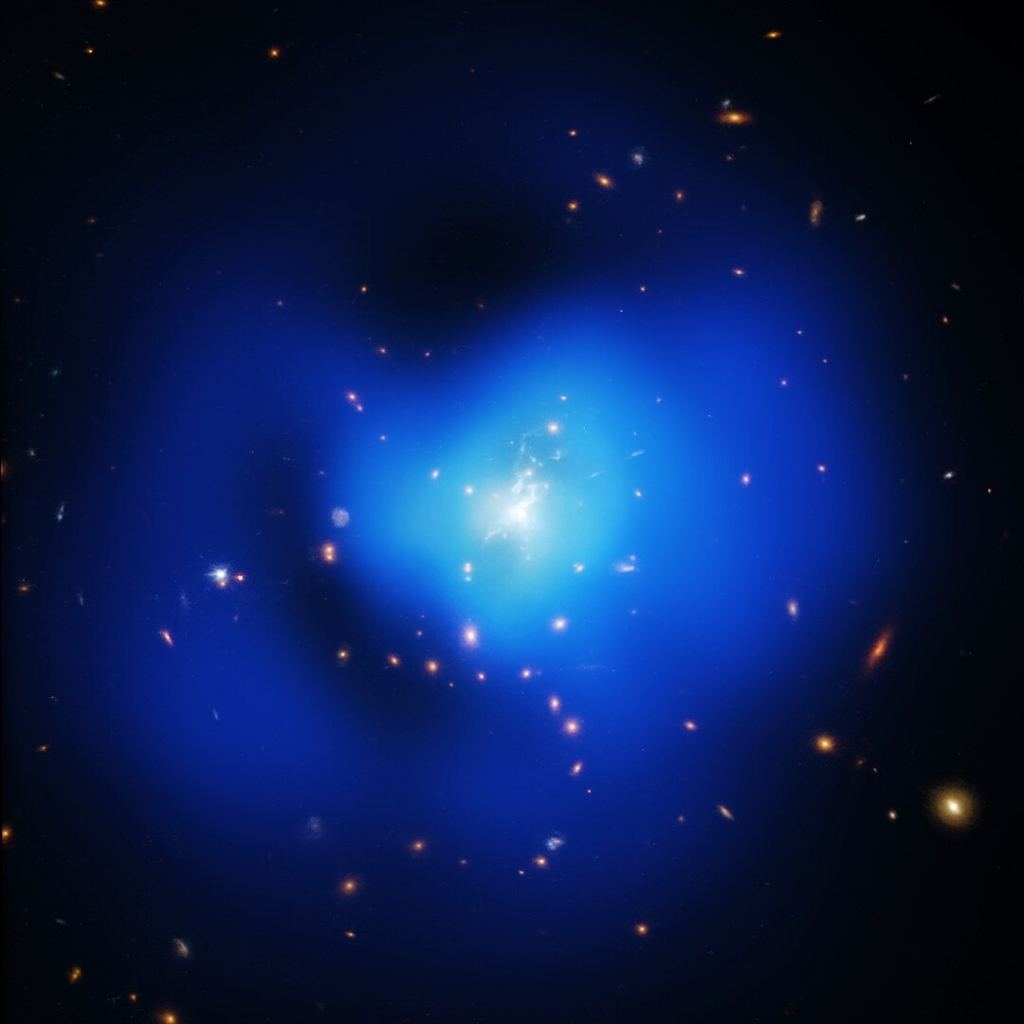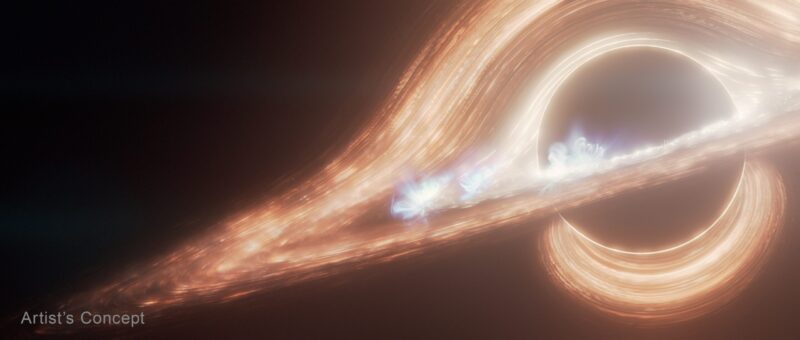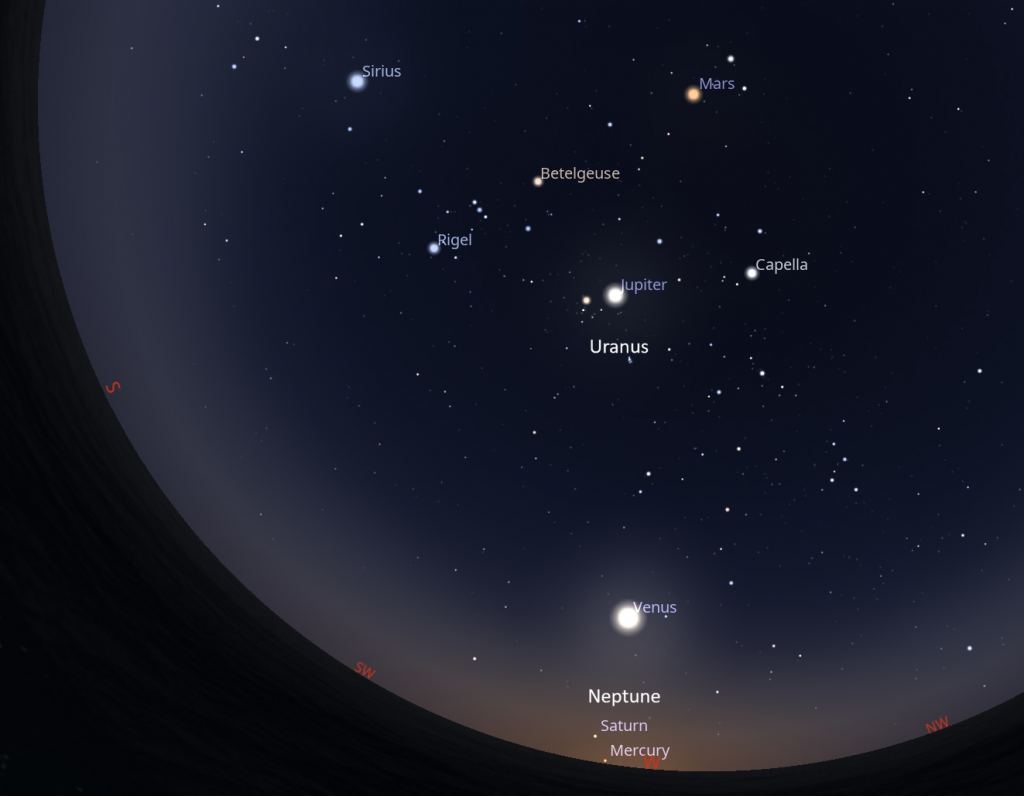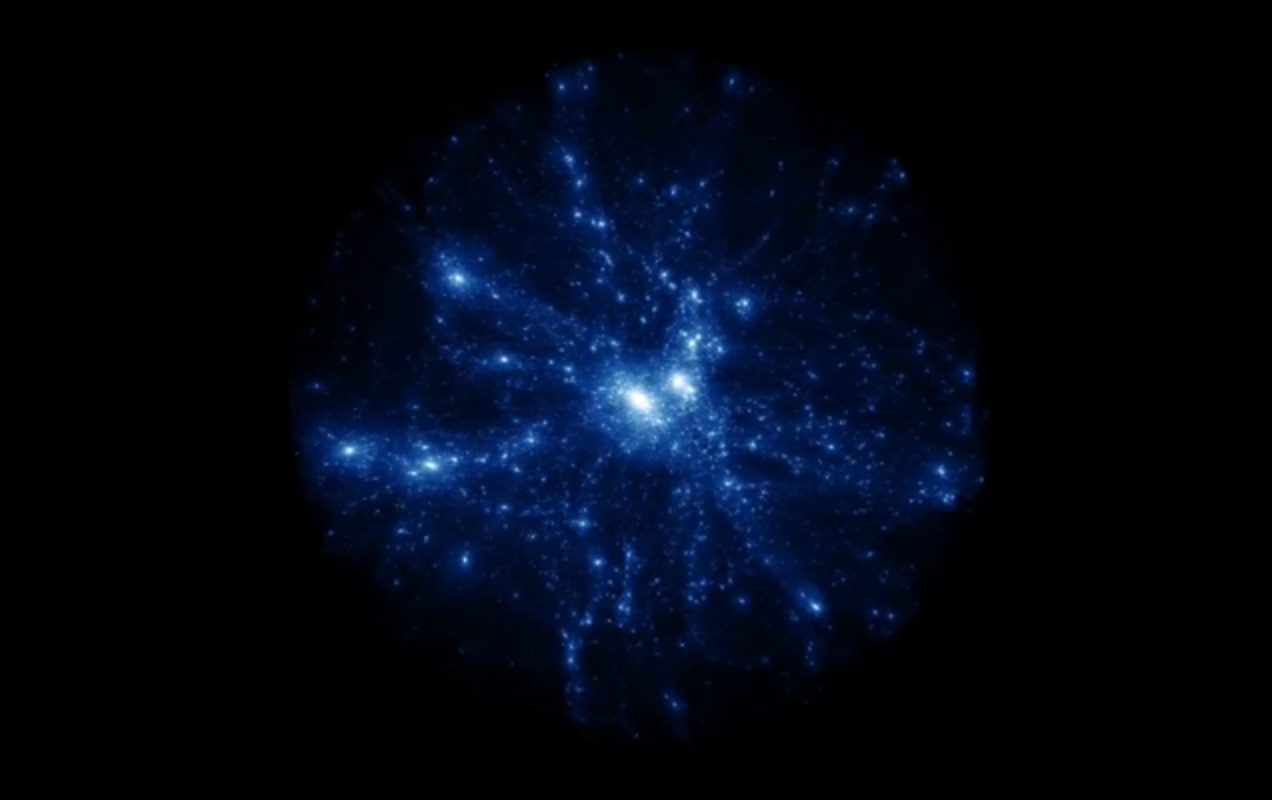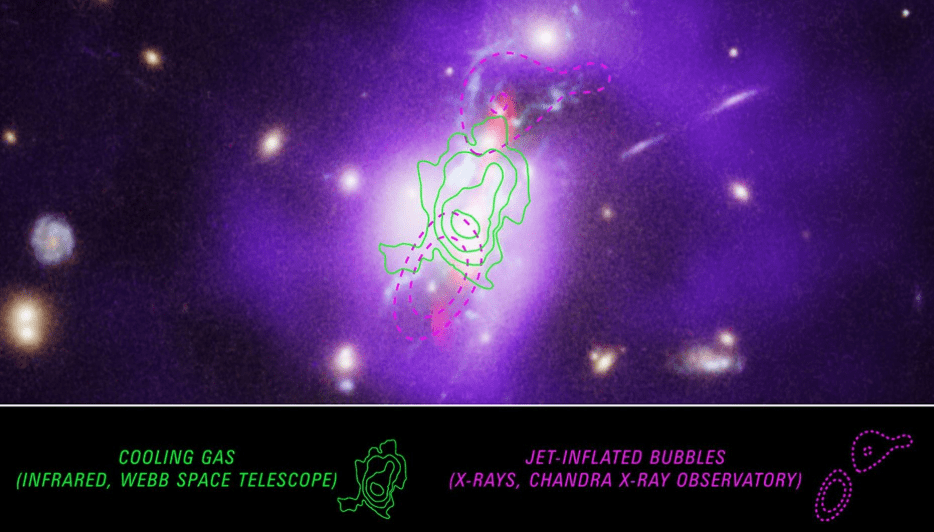Talks turn to rescue as climate changed fire threatens flora
Banksia cunninghamii. Credit: (c) Kim Tarpey, some rights reserved (CC BY)
Australian plants adapted to resist and recover from fire are becoming threatened by it, as climate change worsens fire weather and drives more frequent and severe wildfires.
A recent study of the striking hairpin banksia (Banksia cunninghamii), in areas of Victoria affected by the 2019-2020 Black Summer bushfires, found the species is threatened with local extinction if fires return to these areas in less than 12 years.
Other, mountainous trees of the region are threatened by fire intervals of less than a human generation.
The paper appears in CSIRO Publishing’s Australian Journal of Botany.
“I think most foresters and forest scientists in Australia are worried about [the effects of climate change],”...

